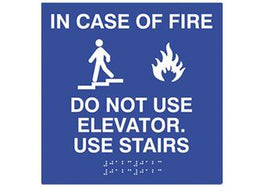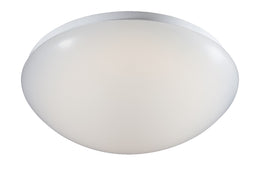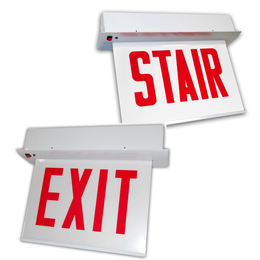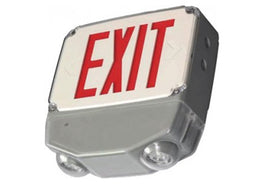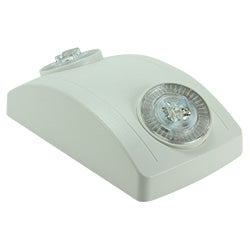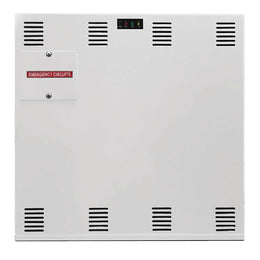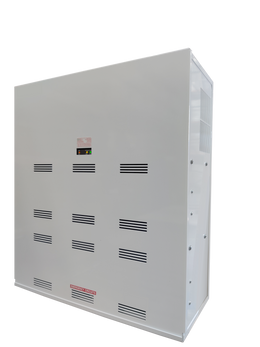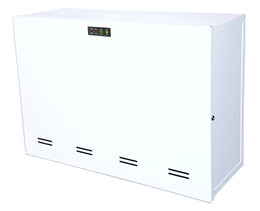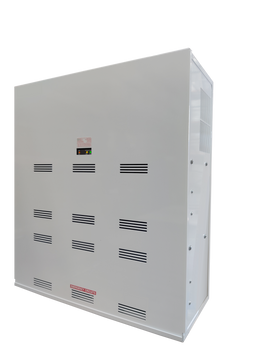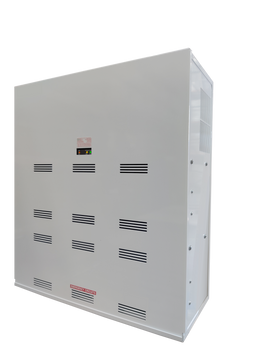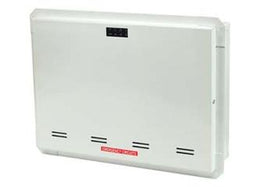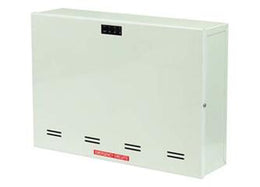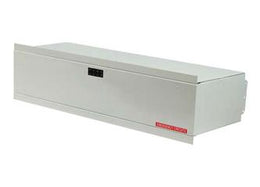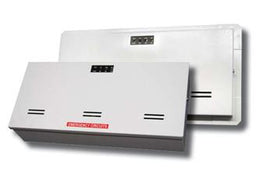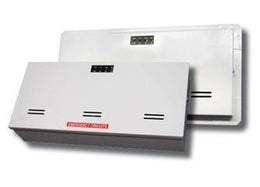Product Filters
Filter by Price
Filter by Tags
Filter by Color
Filter by Brands
Filter by Technology
Filter by Wattage
Filter by Equivalent Watts
Filter by Lumens
Filter by Kelvin Temperature
Filter by Voltage
Popular Products
LED Two Head Emergency Light - 90 Minute Battery- 5 Yr Warranty - UL Listed
Regular price
$22.99
$18.00
Wet Location All LED Emergency Combination Exit Sign - Universal Mount - Outdoor Rated ...
Regular price
$200.00
$179.00
New York Approved Designer Series Architect's Choice LED Edge Lit Exit Sign
Regular price
$249.00
$225.00
Emergency Inverters
1150 Watt Electrical Inverter Emergency Lighting Power- Free Shipping - In Stock
Regular price
$4,500.00
$3,989.00
What are Emergency Lighting Inverters?
Who needs an Emergency Lighting inverter ?
Here's how an emergency lighting inverter typically works:
-
Normal Operation: During normal conditions when the mains power supply is available, the emergency lighting inverter remains in a standby mode. It monitors the incoming AC power and keeps the battery charged.
-
Power Failure Detection: When a power outage occurs or the regular AC power supply is disrupted, the emergency lighting inverter detects this loss of power.
-
Activation: Upon detecting the power failure, the inverter switches its power source from the mains AC supply to a battery backup system.
-
Battery Power: The emergency lighting inverter draws power from its internal batteries to convert it to AC power. It then supplies this converted power to the connected emergency lighting fixtures.
-
Illumination: The connected emergency lighting fixtures, such as exit signs, escape route lights, or other essential luminaires, receive power from the inverter and remain illuminated throughout the duration of the battery backup.
-
Duration: The duration for which the emergency lighting inverter can provide backup power depends on the capacity of the batteries and the load connected to it. Common backup durations range from 1 to 3 hours.
-
Monitoring: Some advanced emergency lighting inverters might have monitoring systems that continuously check the status of the batteries and the connected lights. They may also conduct periodic self-tests to ensure everything is functioning correctly.
-
Power Restoration: Once the regular AC power supply is restored, the emergency lighting inverter switches back to standby mode and begins recharging its batteries in preparation for the next power failure.
Emergency lighting inverters are typically installed in commercial buildings, public facilities, hospitals, schools, and other locations where emergency lighting is mandated for safety and compliance with building codes and regulations. They play a critical role in ensuring occupant safety during unexpected power interruptions.




